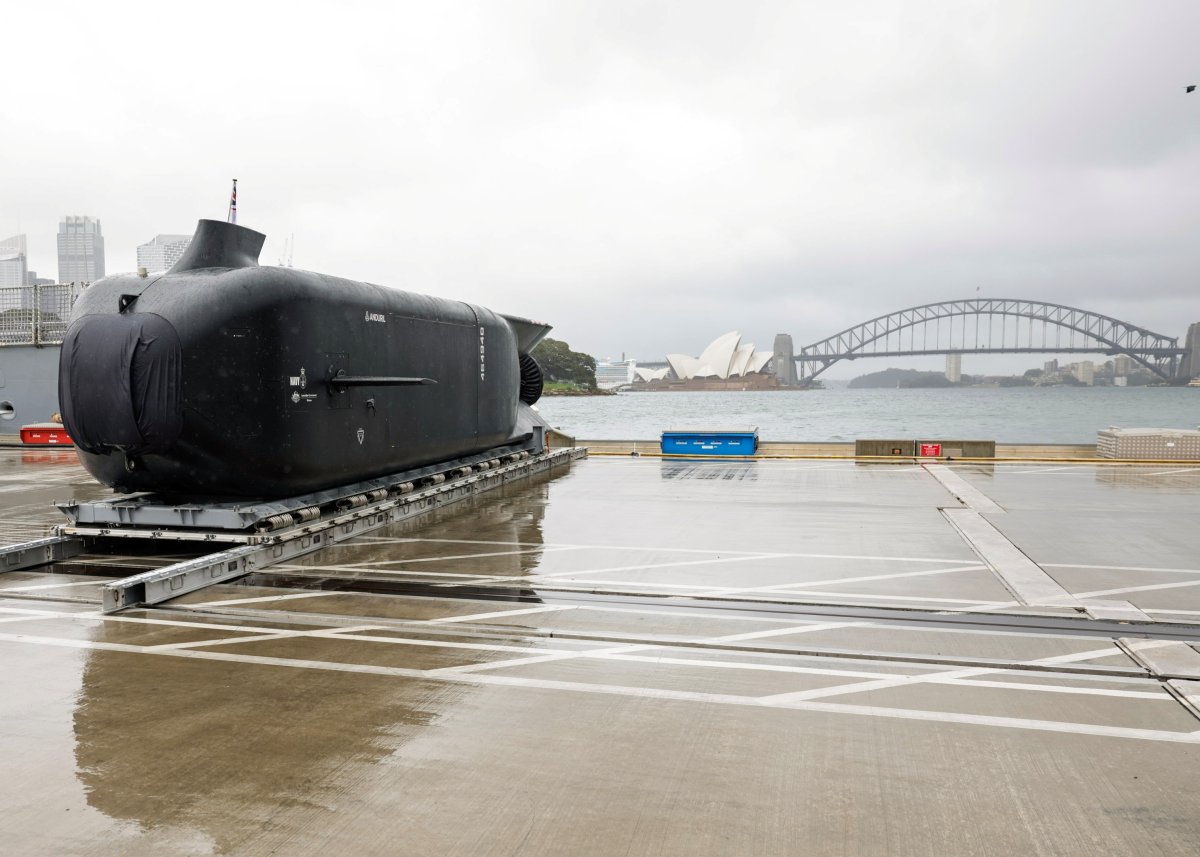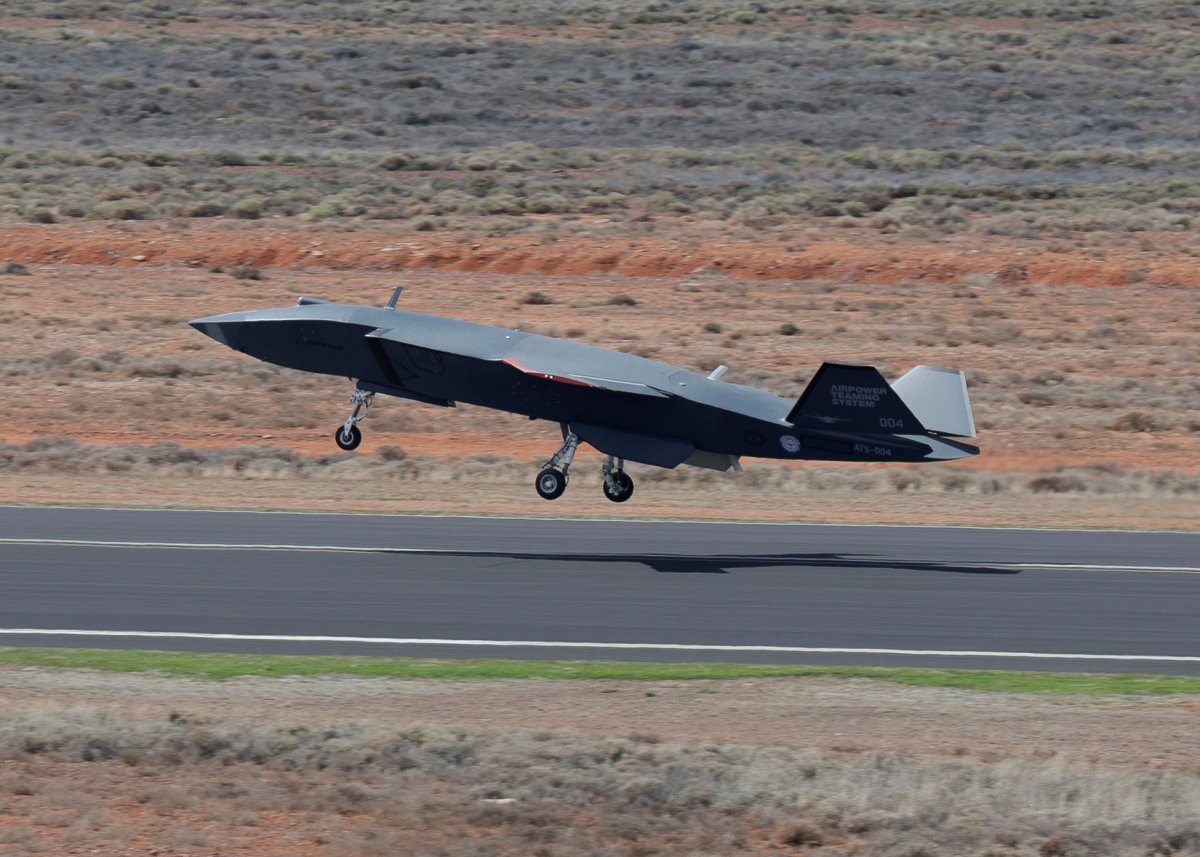
Australia—a key United States ally in the South Pacific—is expanding its drone fleet for undersea and aerial warfare after China unveiled its unmanned weapon systems.
Newsweek has contacted the Chinese Foreign Ministry for comment.
Why It Matters
Facing China‘s expanding military presence in the South Pacific, including port calls and long voyages by its fast-growing navy, Australia—with U.S. support—is bolstering its defense posture by acquiring nuclear-powered submarines and stealth fighter aircraft while serving as a logistics hub for U.S. naval operations across the Pacific.
Last week, China held a military parade to mark the end of World War II, showcasing newly developed advanced weapon systems. Alongside high-profile nuclear long-range missiles, unmanned aerial and underwater vehicles were unveiled on the streets of Beijing.
What To Know
The Australian government announced on Wednesday that it will acquire a fleet of extra-large autonomous undersea vehicles, known as the Ghost Shark, for 1.7 billion Australian dollars ($1.1 billion) over the next five years for the Royal Australian Navy.

Australia’s Department of Defense
The underwater drone—described as a cutting-edge platform—is capable of conducting intelligence, surveillance, reconnaissance and strike operations at long range. The Ghost Shark fleet will complement Australia’s future nuclear-powered submarines.
Anduril Australia, the naval drone manufacturer, said the Ghost Shark is powered by artificial intelligence and designed for coastal defense patrols, directly addressing the challenge posed by China’s persistent and threatening naval presence near Australia.
The Australian-designed and -built Ghost Shark has delivered all three prototypes on budget and ahead of schedule, Australian Defense Industry Minister Pat Conroy said.
Meanwhile, Boeing Australia said on September 5 that, in collaboration with the Royal Australian Air Force, it has completed demonstrations proving the operational viability of the MQ-28 Ghost Bat drone, a collaborative combat aircraft (CCA), in early June.
Photos released by the Australian military also show that at least two Ghost Bat drones conducted testing at Woomera Range Complex in South Australia on the same day.

Australia’s Department of Defense
CCA, also known as the “loyal wingman,” is an unmanned aircraft capable of flying alongside manned fighter jets and performing missions including air-to-air and air-to-ground combat. It is designed to expand the fighter jet fleet and protect human pilots.
The Ghost Bat, designed to complement the “find, fix, track and target” elements in engaging targets with autonomous behaviors, validated its capabilities such as data sharing and transmission with manned and unmanned aircraft during demonstrations.
What People Are Saying
Australian Deputy Prime Minister Richard Marles said in a press release: “The Albanese Government’s investments in the Ghost Shark are fast-charging the development of long-range, undersea autonomous vehicles for our Navy while also backing Australian businesses.”
Anduril Australia said in a press release: “The future of undersea warfare doesn’t have to be slow, cumbersome, or exquisite. The free world can own the battlespace beneath the waves-if we can command the sea, we command the world.”
Boeing Australia said in a press release: “The [Royal Australian Air Force]-defined demonstrations required the MQ-28 to execute a series of operationally relevant missions designed to supplement and enhance capabilities of existing crewed platforms.”
What Happens Next
In addition to the Ghost Shark and Ghost Bat autonomous drones, Australia currently operates a fleet of three MQ-4C Triton remotely piloted aircraft for maritime patrols.




